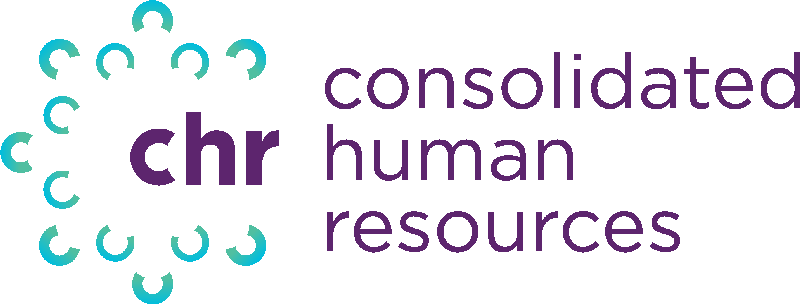Are Your Employee Retention Credit Claims Correct?
7 Red Flags to Look For
According to the IRS, there’s no time like the present to review your company’s eligibility regarding Employee Retention Credit (ERC) claims. That’s because the agency has issued seven warning signs that could jeopardize a small business’s ERC claims. The ERC is available to eligible employers who paid qualified wages to some or all payroll employees between March 13, 2020 and December 31, 2021, and meet a specific set of criteria.
The suspicious indicators concern misinformation that some ERC promoters (deemed “unscrupulous” by the IRS) used through misleading marketing tactics. These are the common problems the IRS is noting with ERC claims:
- Claiming the ERC for too many employees, with incorrect calculations. Employers should review the Employee Retention Credit – 2020 vs 2021 Comparison Chart regarding eligible payroll employees, dollar limits, and credit amounts, Additionally, there are certain wage criteria employers must meet. Review your calculations to avoid overclaiming the credit.
- Claiming too many quarters. If an ERC promoter urged you to claim the credit for all quarters it was available, this may be a problem. You can review the IRS’s eligibility requirements here.
- Claiming the credit for too much of a tax period. If your business operations were fully or partially suspended due to a government order during a portion of a calendar quarter, you may claim ERC only for wages paid during the suspension period (not the whole quarter).
- Citing supply chain issues. Supply chain disruptions as a sole criterion do not qualify employers for an ERC claim.
- Claiming the ERC under improper government orders. Government orders that did not affect business operations do not qualify. Qualifying government orders:
- must have been in effect and the employer’s operations must have been fully or partially suspended by the government order during the claim period;
- must have been due to the COVID-19 pandemic;
- must be a government order. Recommendations, statements, and guidance do not qualify.
- No wages were paid or the business didn’t exist during the eligibility period. Any claims for tax periods before an EIN was established or with no employees (and therefore, no paid wages) will be disallowed.
- The ERC promoter urged your business to claim regardless of eligibility. Incorrect ERC claims put businesses at risk for repayments, penalties, and interest as well as audits and the need for amended returns.
Resolving your company’s incorrect ERC claims
The deadline to resolve a claim through the ERC Voluntary Disclosure Program was March 22 but there is still time to handle this matter through claim withdrawal.
- The Voluntary Disclosure Program was for employers who filed a claim in error and received a payment before December 21, 2023. This disclosure program allows a business to repay 80% of the claim it may have paid an ERC promoter, with the IRS forgiving the 20% balance.
- Taxpayers whose claim is still in process should pursue the claim withdrawal process immediately if they discover their claim is ineligible. It is important to handle this promptly, as the IRS will treat claims that are withdrawn as if they were never filed, thereby avoiding any imposed penalties or interest.
Have you received an ERC-related notice from the IRS?
If the IRS has contacted you regarding your ERC claims, contact us immediately for assistance. These ERC notices are time sensitive and need to be resolved as quickly as possible to avoid penalties and interest.
Sources: Journal of Accountancy; IRS Press Release

